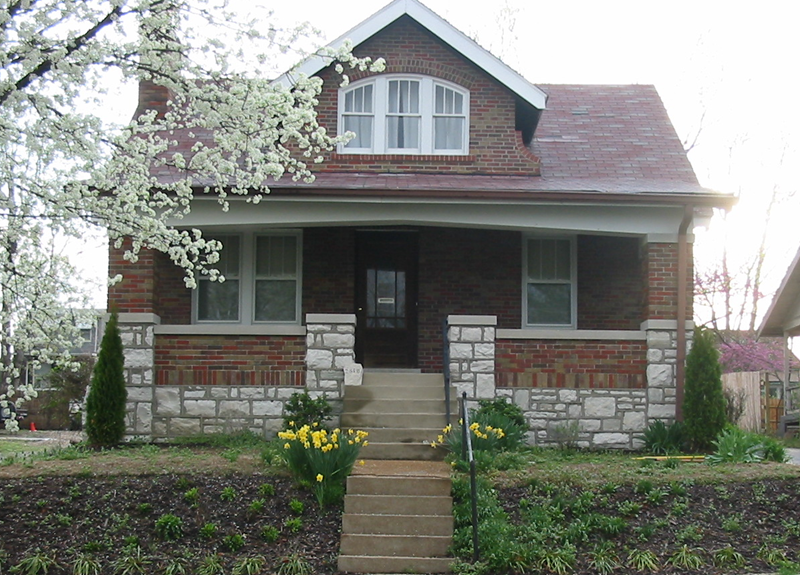
By Karen Brawn
A recent surge of articles highlights the growing financial problems faced by the home insurance industry and homeowners. Rising costs for labor, construction, and interest rates are part of the issue, but climate change is a major cause. As global temperatures increase, the atmosphere holds more moisture, leading to more thunderstorms, heavy rains, tornadoes, larger hail, and flooding.
In the West and Southwest, higher temperatures worsen droughts, increasing the risk of wildfires. Recent events like severe flooding in the Southeast and wildfires near Los Angeles are signs of a worsening nationwide problem. Since the 1980s, disasters costing over a billion dollars have become more frequent, happening every three weeks now, compared to every four months then. There is also a higher chance of multiple disasters occurring close together.
Each event causes property damage and insurance claims, challenging insurance companies to pay these claims. To manage this, they may raise premiums, limit payouts, increase deductibles, add exclusions, or withdraw from markets, which makes it harder and more expensive for homeowners to get insurance. Insurance companies collect premiums, use reinsurance (insurance for insurers), and keep reserves to cover claims.
Premium costs depend on coverage type, amount, and location, which reflect the risk involved. Historically, risk was assessed based on rare past events, but climate change has made these estimates less accurate, leading to higher premiums. Since 2019, average premiums have increased by 31% nationwide, especially in high-risk areas. Today, insurance costs about 20% of a typical house payment, up from 8%.
Despite higher premiums, some insurers have gone bankrupt, especially in Florida, and others have lost money covering homeowners. Insurance is regulated by states, which try to balance affordability, availability, and insurer profitability. Some states require approval for rate increases, while others rely on market forces.
Restrictions on raising premiums in high-risk areas have led some insurers to leave those markets or stop issuing new policies. In over 27% of properties, premiums are too low to cover climate risks. States like California and Florida have eased some regulations to allow higher premium increases and use climate modeling to support coverage in risky areas.
Reinsurance companies help insurers limit their exposure, but their costs are rising due to climate risks, and these costs are passed on to policyholders. Reinsurance is more suited for large-scale disasters like hurricanes and earthquakes, not smaller events like floods or hailstorms, which are responsible for many claims.
Overall, insurance companies are under pressure to stay solvent while keeping premiums affordable. According to a Congressional report, major insurers have enough capital to cover current losses, and high ratings help them raise more capital and set premiums. Homeowners, however, face rising costs. Premiums have increased faster than inflation over the past 15 years, especially in high-risk areas, and are now spread across the market due to risk pooling.
Some insurers have increased premiums even in states with less regulation, which means homeowners nationwide are paying for disasters elsewhere, and the true risks of living in high-risk areas are often hidden. Since home insurance is usually required for mortgages, homeowners must maintain coverage, but they might reduce coverage or increase deductibles to save money, risking greater financial loss if disaster strikes.
When private insurance isn't available or is too costly, homeowners can buy parametric insurance, which pays out when certain conditions like high wind speeds or heavy rain are met, rather than based on actual damage. These payouts are quicker but may not cover all losses.
Some states also offer residual or state-backed insurance plans as a last resort, but these are temporary and increase the state's financial risk. Federal agencies like FEMA provide aid after disasters, but their payments are capped and often don't cover all damages, especially in areas not declared disaster zones.
Rising premiums and limited insurance options reduce demand for homes in high-risk areas, lowering property values and harming communities. To address this, regulators could allow better risk modeling and promote investments in disaster-resistant building features, which could lower premiums and better reflect actual risks.
Ultimately, tackling climate change itself is essential to reducing the frequency and severity of these disasters. This ongoing crisis may change how Americans view homeownership, with wealthier individuals able to afford insurance in risky areas, while others may be forced to rent or move away. Some solutions include improving risk assessment, encouraging safer building practices, and addressing climate change directly.
Sources:
Hoffman, A. J. (2024, November 26). Americans face an insurability crisis as climate change worsens disasters--a look at how insurance companies set rates and coverage. The Invading Sea. https://www.theinvadingsea.com/
Crimmins, A. R. (2023, November 14). Fifth national climate assessment. Fifth National Climate Assessment. https://nca2023.globalchange.gov/
Fowlie, M., Boomhower, J., Richter, D., & Fujii-Rajani, R. (2025, January 14). How is climate change impacting home insurance markets? The Brookings Institution. https://www.brookings.edu/articles/how-is-climate-change-impacting-home-insurance-markets/
Lustgarten, A. (2025, February 3). That giant sucking sound? It’s climate change devouring your home’s value. The New York Times.
Flavelle, C. (2024b, December 19). How the climate crisis became an insurance crisis. The New York Times.
Nuccitelli, D. (2025, January 14). Yale climate connections.
https://www.cbo.gov/system/files/2024-08/59918-Climate-Change-Insurance.pdf